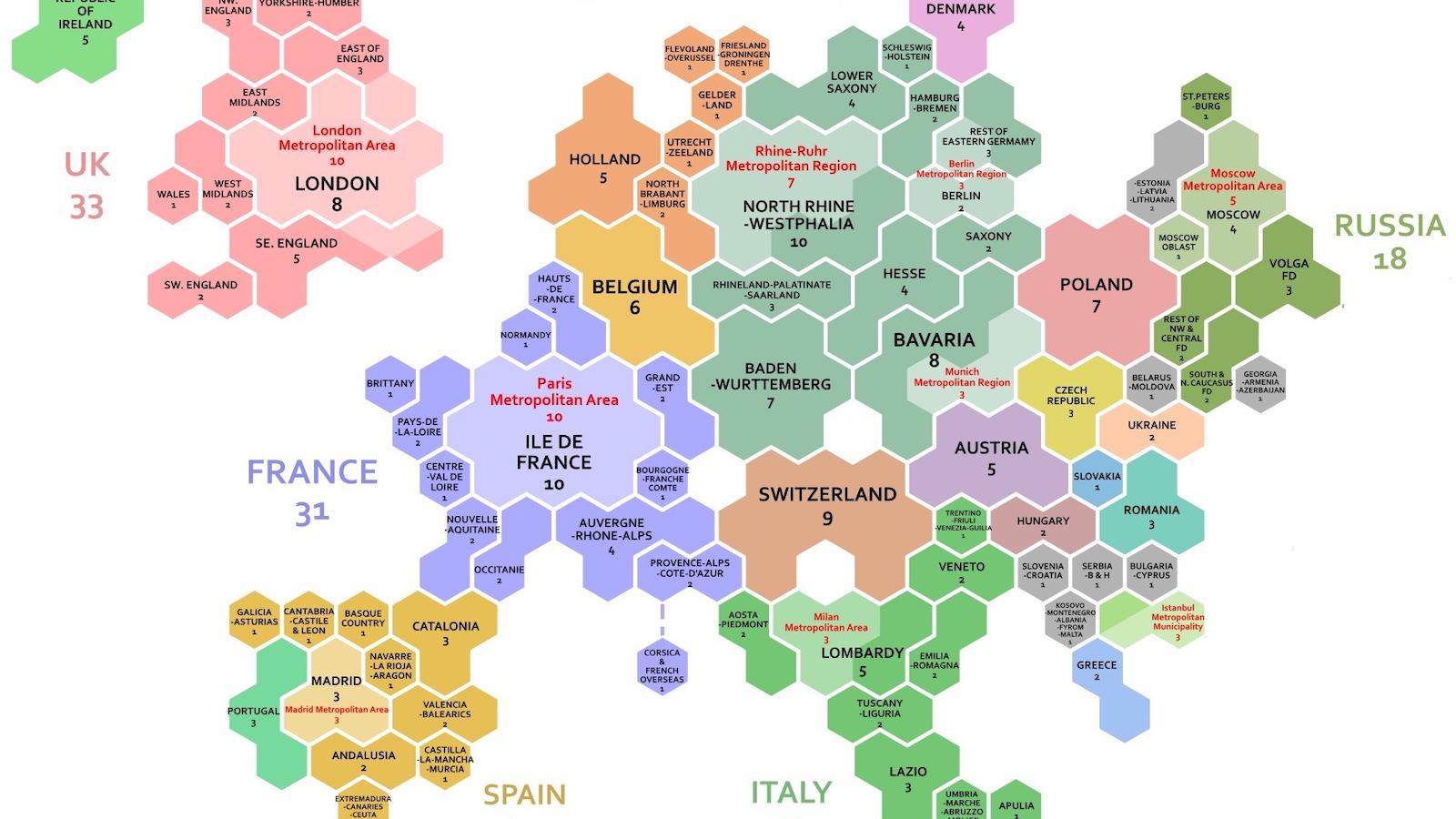In 2012, the southern Chinese province of Guangdong spent $940 million constructing a complete replica of Austria’s most picturesque town, the UNESCO World Heritage-listed Hallstatt. Did the rest of the world think it was strange? Absolutely. Did China? Not at all. Gish Jen has grown up with one foot in the East and one in the West, so she’s in a unique position to understand why something so taboo in America—being a copycat—is so openly practiced in China. Gish chalks it up to different ideas of the self in these two places. The US zealously practices individualism, and people’s lives are spent in the pursuit of unique self-expression. Meanwhile, Asia has a more interconnected concept of identity, and of recognizing a network of ideas rather than a singular vision. In art in particular, there is the notion of education through imitation; before you can carve your own path in a tradition you should master the great ideas within it. Which explains why something that is considered an homage in China, would be an instant lawsuit in America.
Gish Jen’s most recent book is The Girl at the Baggage Claim: Explaining the East-West Culture Gap.
Gish Jen: Well of course you know China and the U.S. have very different ideas about intellectual property rights. About copying and things like that—imitation—very foundationally things that in the U.S. are completely taboo.
In China it might be wrong or maybe even not legal, but they’re not taboo, right? And we can ask ourselves, “Well why is that? Why is building a building that looks just like a chateau in France, you know, why do we not do that here in the West?” Why would we – we might do it, but it would be in an amusement park. It would be something, you know, if you did it, it’s tacky, right?
It’s things in the West that are tacky, in the East are considered fine. So, you know, you can have a very elaborate copy of a French chateau. You can pour $50 million into it. You can use the exact stone that they used in the original and have this copied every way perfect. And in China that’s seen as a great thing, right? Like no one would say, “You’re kidding. You spent $50 million on this copy?!” In the U.S. we would never do that. And why is that? It’s because we have two different models of self.
Quite the contrary, you know, if they see something which is great, they’ll say “Well I’ll do that too!” It’s homage.
So things that to us, you know, you just don’t do. To them it’s like, “Well, why not?”, you know? They have a much more playful attitude, I will say, toward these things.
And this goes right down to the educational level. I mean so the idea, you know, in our education we’re very much trying to coax out of people, you know, their unique vision, right? You know in Asia the idea that actually there are many great ideas kind of out there all around you in the culture—and that maybe before you think about how you can put your own stamp on things maybe you should absorb those ideas—it’s very important.
And so in order to absorb those ideas, well how do you do that? Often you imitate, right? So painters start, they find a great painter, a painter with whom they feel simpatico and they copy those paintings. What are they doing? When we think of copying we think if it as kind of a mechanical process. But actually they’re trying to internalize the greatness of this painting. So to them it’s not a mechanical process; it’s an organic process. They’re taking in this influence.
Ultimately they want to add to the great tradition that they are signed up for, and ultimately they want their contribution to be theirs and to be singular, but they see that as coming after they have mastered their great tradition, right? And mastering it through imitation, through memorization is completely fine. And like I say, it’s a sign of homage.
Now you can only imagine a culture where there is this very longstanding tradition of education through imitation and through copying: You can only imagine to take a tradition like that and to sort of say to this culture, “Well, actually, every time you imitate something that’s actually taboo.”
I mean, they get it intellectually. You can tell them, but very foundationally that’s not who they are, and these are not ideas that they have had. It would be like telling us like every time you pick up a spoon, “That spoon is copyrighted. You really should pay a little fee every time you use that spoon.” They would just think: “well that is really very strange,” right?
So I think that when we look at these ideas we see a very big foundational split between the two cultures. And really copying is only one of the many areas where you see very divergent ideas.







